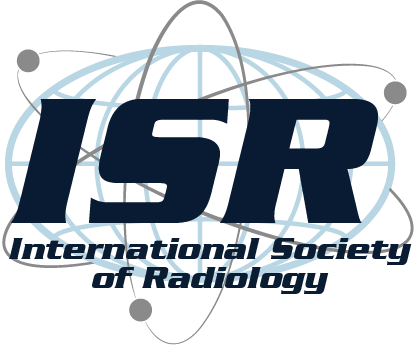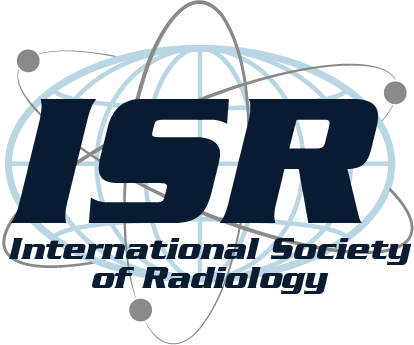The International Society of Radiology
Radiation Protection Training Program
Virtual Education Project:
Radiation Protection Training Program for Patients/Public
We are pleased to announce a new challenge that we’ve undertaking here at the ISR and the ISRQSA: the “Radiation Protection Training Program for Patients/Public”.
This program is open to all learners, free of charge, with the objective of sharing information which can be used as a resource for professionals, especially in developing countries.
The ISR and ISRQSA program, in conjunction with the Image Gently Alliance and IAEA Radiation Protection of Patients webinars, will explore topics centered around Radiation and Medical Imaging in children including strategies and communication tools to help educate and empower both patients and their families.
The program will explore topics centered around Radiation and Medical Imaging in children including strategies and communication tools to help educate and empower both patients and their families.
TRAINING | EXPERT | VIEW |
|---|---|---|
Effective communication on Radiation Safety | Prof. Donald Frush | Click here |
Standardization of Administered Radiopharmaceutical Activity and Image Quality Optimization | Prof. S. Ted Treves, MD Frederic H. Fahey, DSc | Click here |
Optimization of radiography in children: the case of chest radiographs | Prof. Kimberly E. Applegate Prof. Fiesta Friedrich-Nel (Panelist) Ms. Beatrix Kotze (Panelist) | Click here |
Progress and challenges in CT education and advocacy | Prof. Kimberly E. Applegate Mr. Dean Pekarovic Ms. Henra Muller Ms. Caren Swanepoel | Click here |
Radiation exposure in children with congenital and acquired heart disease: An overview of risks and strategies for multi-modality optimization | Prof. Kevin Hill | Click here |
With this project, ISR continues to expand its global training initiative started in 2009 with the completion of the first Virtual Congress, which was followed by the second and third sessions in 2011 and 2013, respectively.
Online courses in this context have been gaining ground, both in terms of demand and recognition, due to their success in meeting training needs that require flexible, effective and technologically-based models of education.
Technical Features of the trainings:


